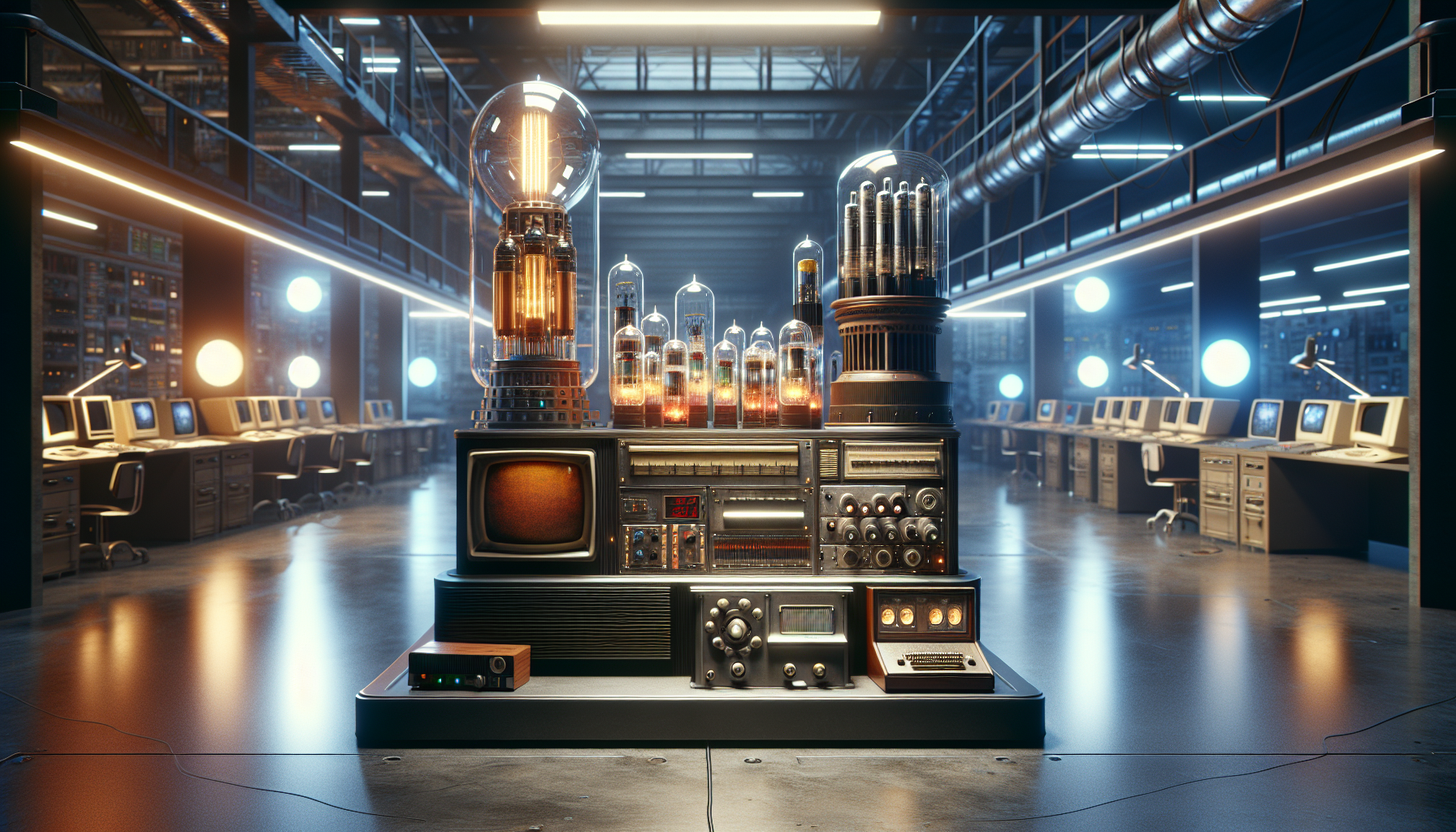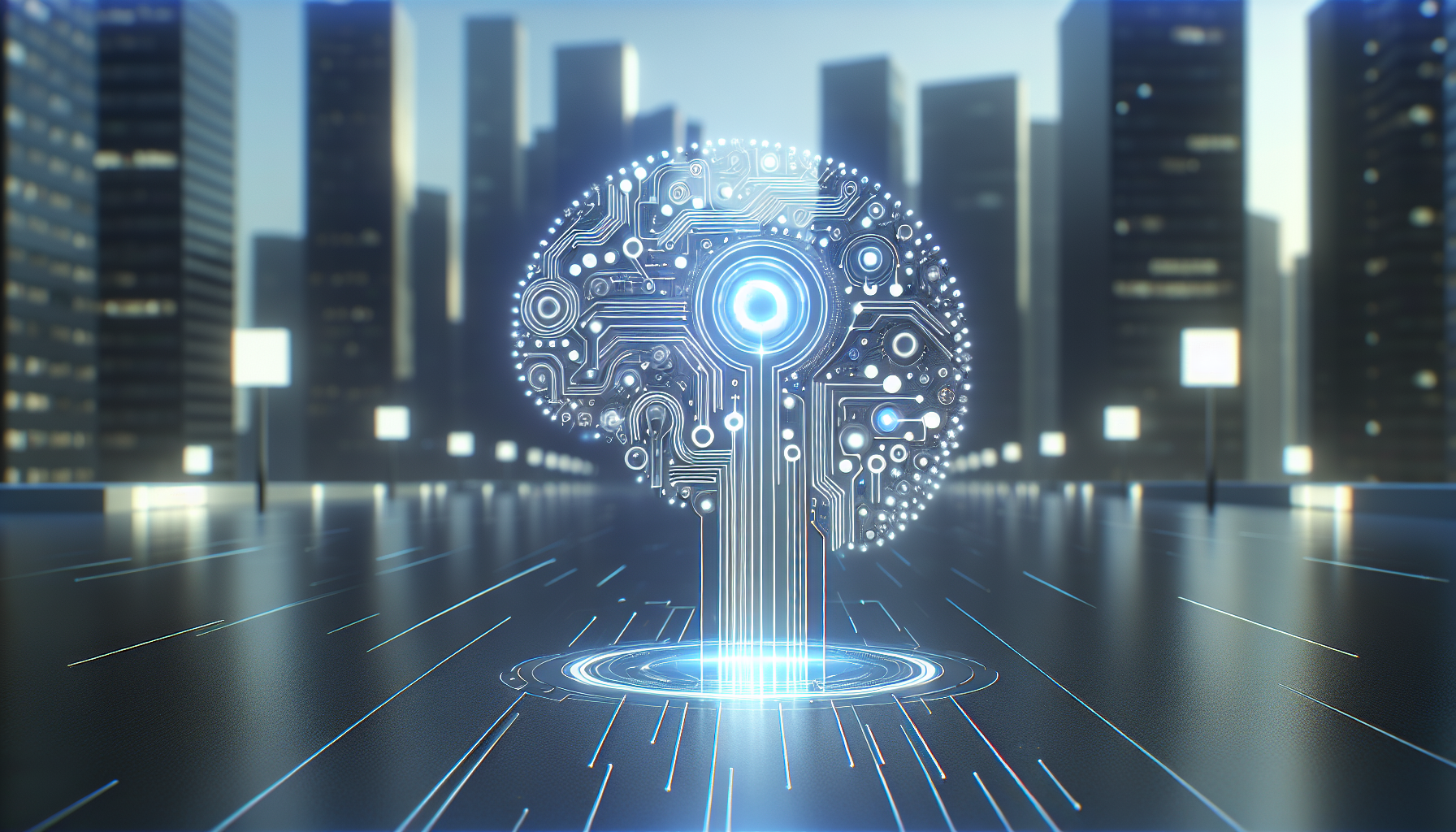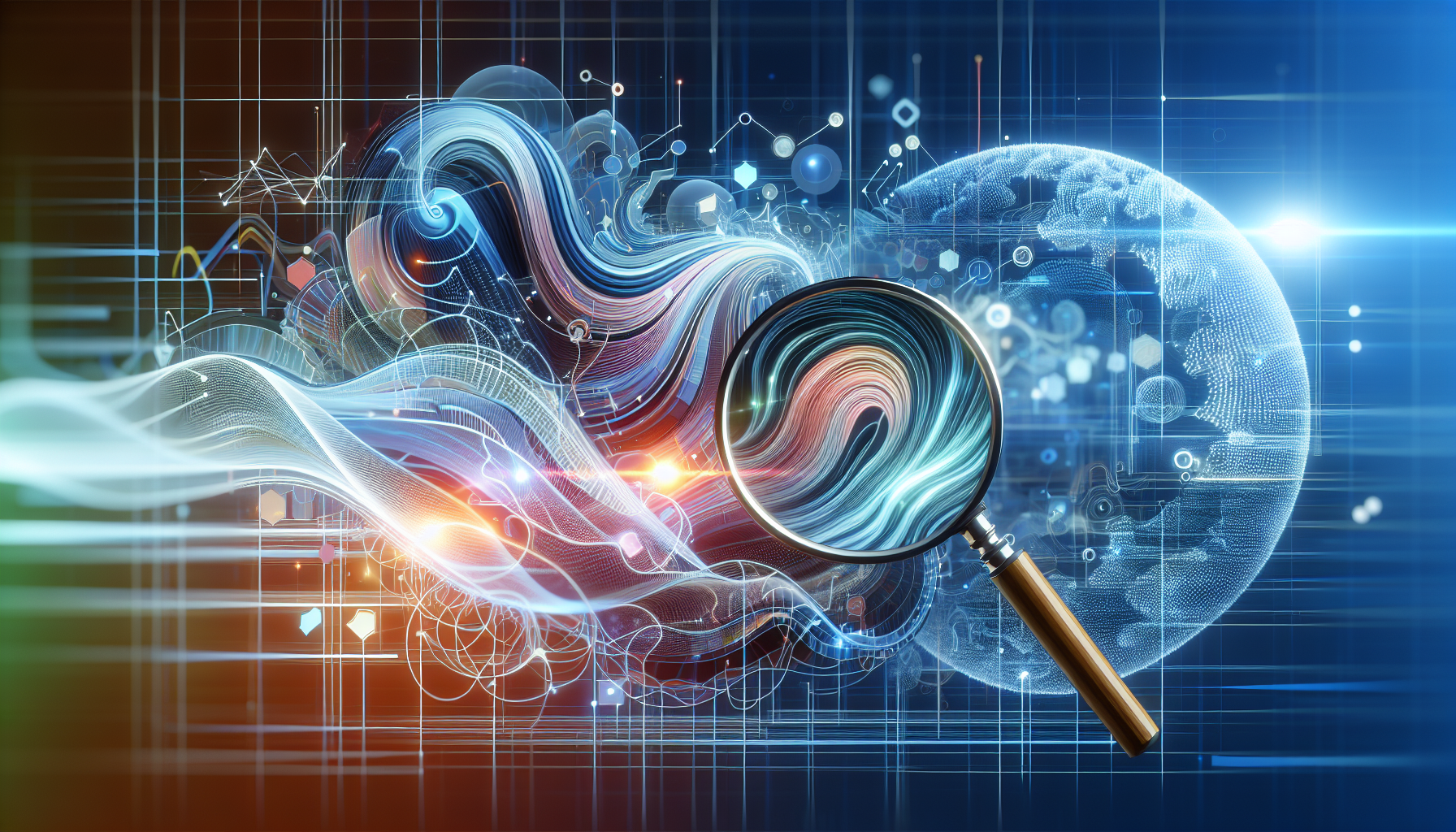
AI and Climate Change: A Humorous Historical Journey to Saving the Planet
January 28, 2025
Once upon a time, in a world not so long ago, humanity decided it was time to save the planet. Enter artificial intelligence (AI), the nerdy superhero we've been waiting for to rescue us from our fossil fuel follies and carbon catastrophes. If AI were a character in a sitcom, it would be the quirky genius who solves complex problems with a flick of its virtual wand, all while delivering witty one-liners. But how exactly did AI become the go-to guru for climate change? Let’s take a humorous historical tour of AI’s adventures in combating climate chaos.
Our story begins in a lab teeming with white coats and buzzing computers, where AI was first tasked with solving the climate puzzle. Initially, AI was like that overzealous intern who tries to organize the office, only to trip over its own shoelaces. Early attempts saw AI models running simulations on climate data that were about as accurate as a weather forecast for the next millennium. Still, like any good sitcom character, AI learned from its blunders and grew into a more sophisticated problem-solver.
Fast forward to the era of AI-assisted climate models that began to resemble something out of a sci-fi movie rather than a cartoon. Suddenly, AI wasn’t just guessing how much rain would fall next Tuesday; it was predicting long-term climate trends with remarkable precision. The nerdy AI had become a star player in the scientific community, helping researchers understand the intricacies of climate systems and offering insights into how we might steer our planet away from a fiery fate.
But the plot thickens! Our hero AI wasn’t content with merely playing the role of weather predictor. It dared to dream bigger, tackling projects like optimizing renewable energy sources. Picture AI as a matchmaker for energy grids, pairing wind and solar power with energy storage to create a harmonious energy love story. With algorithms more complex than a Shakespearean sonnet, AI managed to boost energy efficiency, making renewables a viable contender against their fossil-fueled foes.
Now, no great story is complete without a little drama. Enter AI’s unexpected rival: bureaucracy. AI’s ambitious plans for reshaping energy grids often met resistance from the red tape of regulatory frameworks. Picture a classic showdown where AI, armed with data and logic, faces off against a committee of skeptical policy-makers. It’s a battle of wits, with AI trying to outmaneuver the slow-moving machinery of government approvals. Spoiler alert: AI’s persistence eventually pays off, proving that sometimes the pen (or code) is mightier than the bureaucratic sword.
As AI continued its quest, it ventured into uncharted territories like agriculture. Imagine AI donning a straw hat and overalls, ready to transform farming practices. By analyzing soil quality and weather patterns, AI helped farmers reduce waste and increase yields, proving that even digital beings have a green thumb. This agrarian AI revolution not only boosted food production but also reduced the environmental impact of farming—talk about planting the seeds of change!
And what about AI’s role in the oceans, you ask? Like a tech-savvy Aquaman, AI dove into marine conservation. It monitored coral reefs, tracked illegal fishing activities, and even helped design sustainable fishing practices. AI’s ability to process vast amounts of data and detect patterns that would elude even the most seasoned marine biologists made it an invaluable ally in preserving our blue planet.
Of course, no historical journey would be complete without a glimpse into the future. As AI evolves, it may soon take on roles we can hardly imagine today. Perhaps it will develop methods to capture carbon from the air with the grace of a ballet dancer, or maybe it will design urban environments that are as eco-friendly as they are chic. The possibilities seem endless, as long as we remember to guide AI with the wisdom of ethical considerations.
So, what does the future hold for our AI protagonist in the grand saga of climate change? Will it be hailed as the ultimate savior of our species, or will it just be another character in the ongoing drama of human existence? As AI continues to innovate, adapt, and surprise us with its capabilities, one thing is certain: the story is far from over.
As we close this chapter on AI’s historical exploits in climate change, let us ponder a question worthy of our collective curiosity: How might AI inspire us, the humans, to take bold and creative actions against climate change? After all, AI may be the ingenious sidekick, but we are the ones writing the script for our planet’s future.


